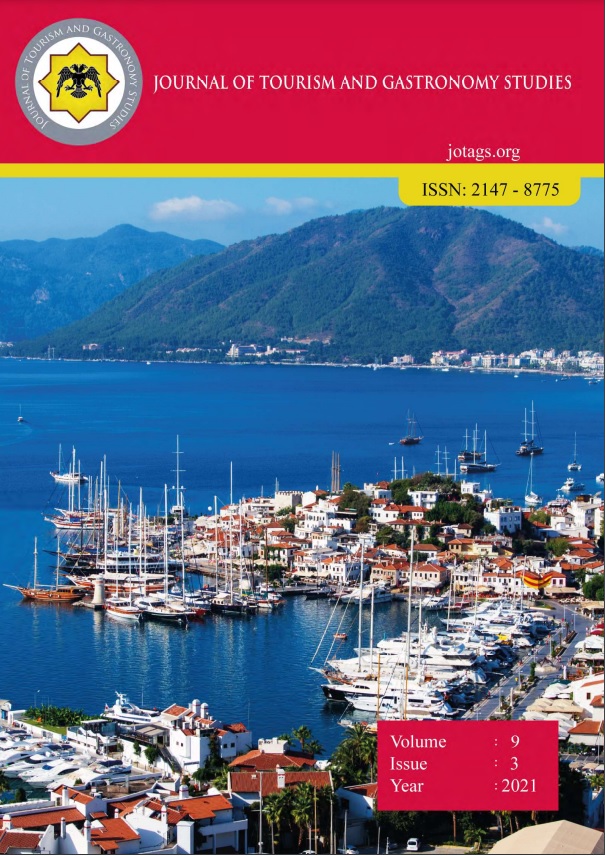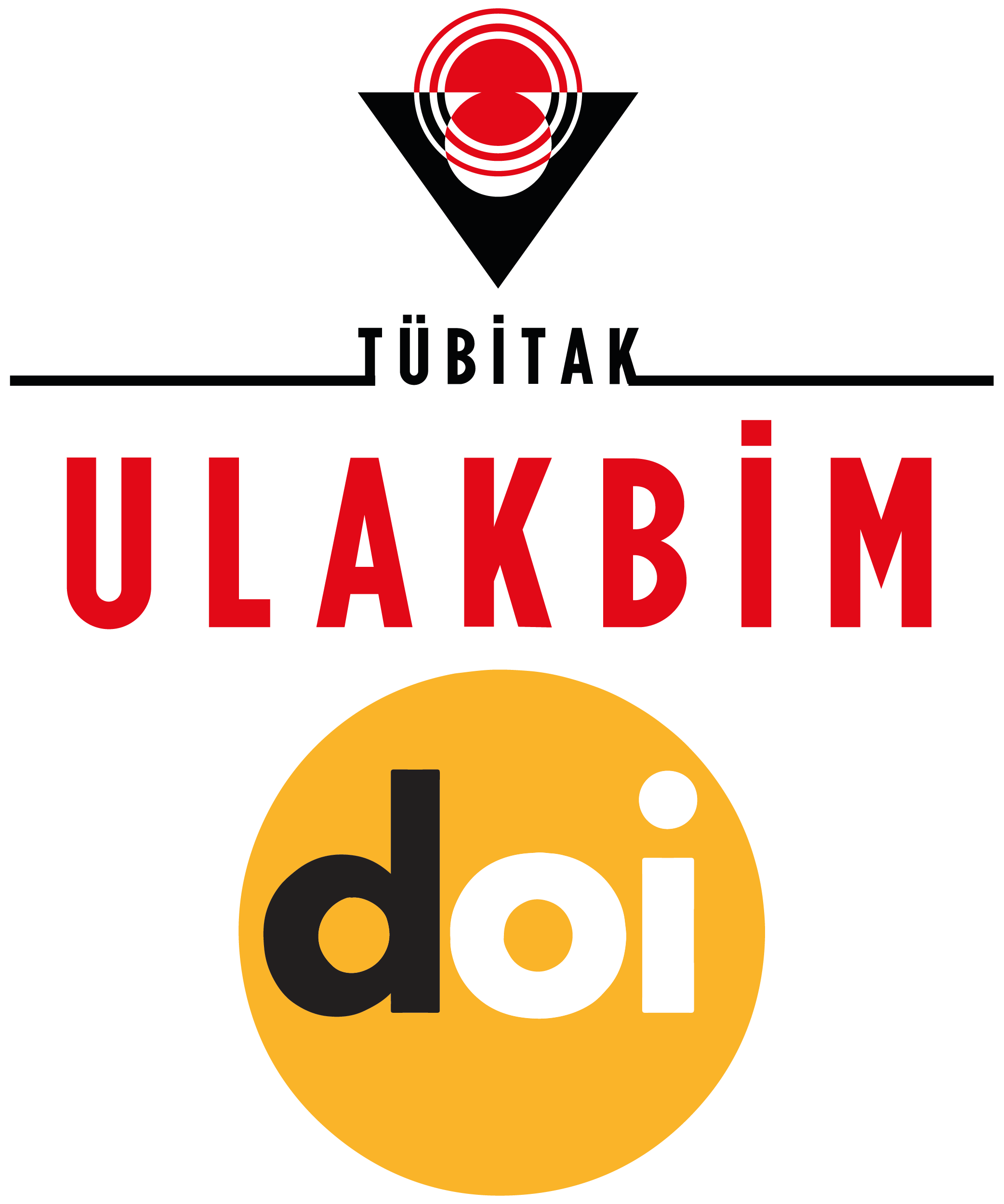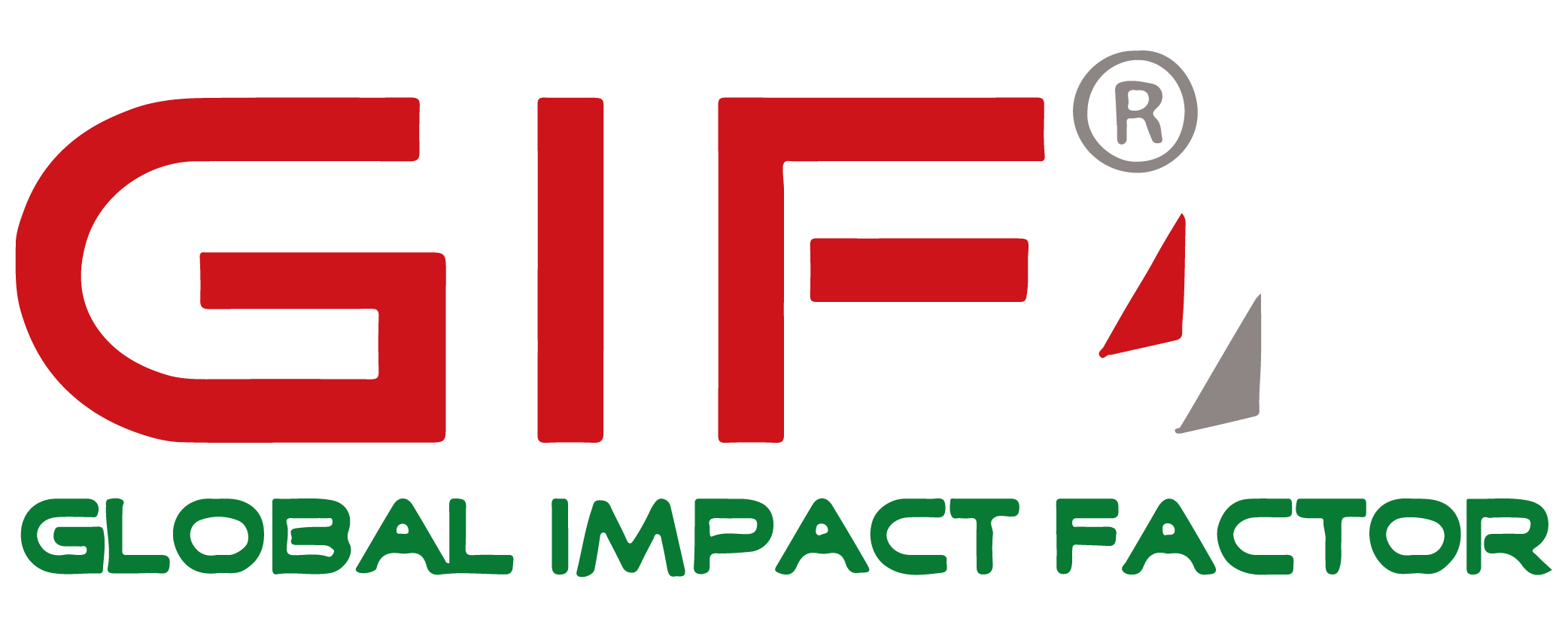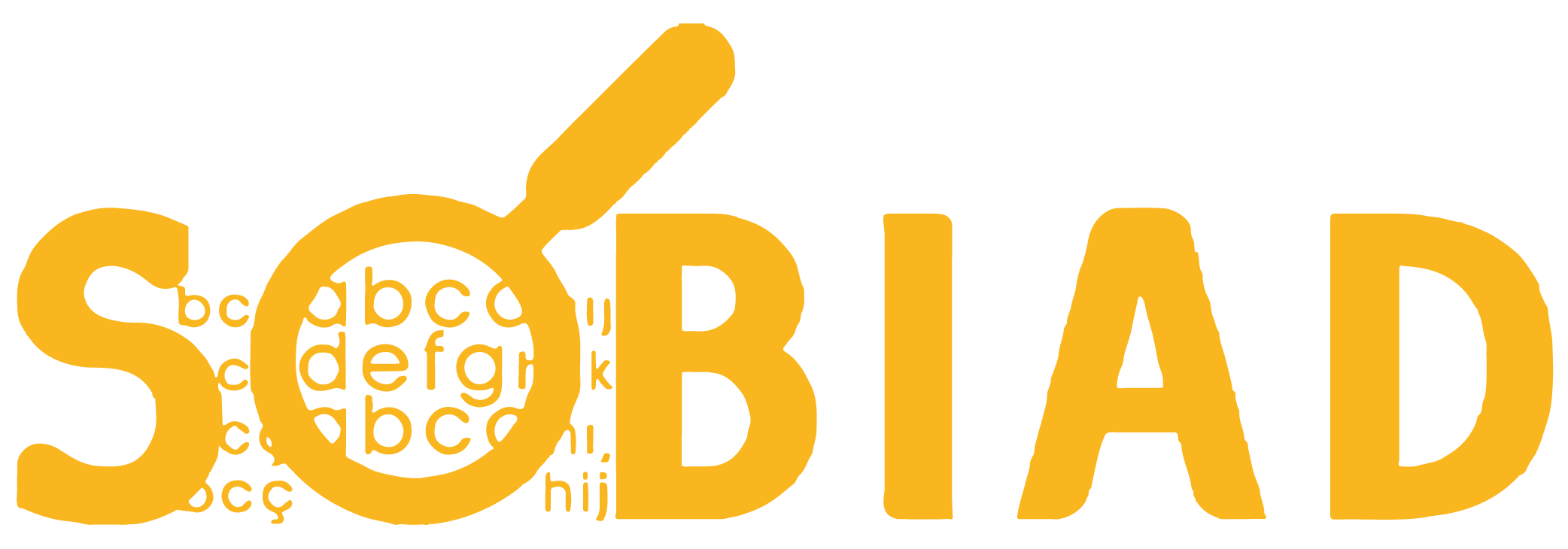Covid-19 Pandemi Sürecinde Havacılık Sektöründe Çalışanların Karar Verme Stillerinin Motivasyonlarına Etkisinin İncelenmesi (Investigation of the Effect of Decision Making Styles of Employees in the Airline Sector on Employee Motivation in the Covid-19 Pandemic Process)
DOI:
https://doi.org/10.21325/jotags.2021.880Keywords:
Covid-19, Pandemic, Decision-making styles, Employee motivation, Airline sectorAbstract
It is seen that natural disasters, epidemics and similar crisis situations have both social and economic effects in all countries of the world. In this study, the effect of decision-making styles of employees in the airline industry on employee motivation during the Covid-19 pandemic was examined. Airline employees working in Turkey constitute the population of the research. Since it was not possible to reach the whole population in the study, sampling was used. Within the scope of the research, 392 airline employees were asked to fill out a questionnaire using the convenience sampling method. Employee decision making style and employee motivation items were directed to the participants. Smart PLS-SEM statistical program was used in the analysis phase of the research. According to the results of the research, it has been observed that intuitive, avoidance and spontaneous decision-making styles have a positive effect on employee motivation. On the other hand, no significant positive effect of rational and dependent decision-making styles on employee motivation was found.
References
Abubakar, A. M., Elrehail, H., Alatailat, M. A., & Elçi, A. (2019). Knowledge management, decision-making style and organizational performance. Journal of Innovation & Knowledge, 4(2), 104-114.
Alderfer, C. (1972), Existence, relatedness and growth: Human needs in organizational settings, Free Press, New York, NY.
Amankwah-Amoah, J. (2020). Stepping up and stepping out of COVID-19: New challenges for environmental sustainability policies in the global airline industry. Journal of Cleaner Production, 271, 1-8.
Amankwah-Amoah, J. (2021). COVID‐19 pandemic and innovation activities in the global airline industry: A review. Environment International, 156, 1-7.
Asim, M. (2013). Impact of motivation on employee performance with effect of training: Specific to education sector of Pakistan. International Journal of Scientific and Research Publications, 3(9), 1-9.
Bagozzi, R. P., & Yi, Y. (1988). On the evaluation of structural equation models. Journal of the academy of marketing science, 16(1), 74-94.
Beck, M. J., & Hensher, D. A. (2020). Insights into the impact of COVID-19 on household travel and activities in Australia-The early days of easing restrictions. Transport Policy, 99, 95–119.
Blustein. D., & Phillips, S. D. (1990). Relation between ego identity statuses and decision making styles. Journal of Counseling Psychology. 37, 160-168.
Bobdey, S., & Ray, S. (2020). Going viral-Covid-19 impact assessment: A perspective beyond clinical practice. Journal of Marine Medical Society, 22(1), 9–12.
Bozkurt, Ö., & Göral, M. (2013). Modern liderlik tarzlarının yenilik stratejilerine etkisini belirlemeye yönelik bir çalışma. Anadolu University Journal of Social Sciences, 13(4), 1-14.
Bozkurt, Ö., & Göral, M. (2014). The assesment of modern leadership styles in relation with demographic factors. Research Journal of Business and Management, 1(3), 169-179.
Brooks, D. (2011). The social animal. London, UK: Random House.
Bükey, A., & Aktaş, M. (2019). Tüketicilerin etnosentrik eğilimlerinin müşteri sadakati üzerine etkisi. Social, Mentality and Researcher Thinkers Journal, 5(26), 1929-1935.
Buble, M., Juras, A., & Matić, I. (2014). The relationship between managers’ leadership styles and motivation. Management: Journal of contemporary management issues, 19(1), 161-193.
Byrne, B. M. (1994). Testing for the factorial validity, replication, and invariance of a measuring instrument: A paradigmatic application based on the Maslach Burnout Inventory. Multivariate Behavioral Research, 29(3), 289-311.
Chan, J. F.W., Yuan, S., Kok, K.H., To, K. K.W., Chu, H., Yang, ……Yuen, K.-Y. (2020). A familial cluster of pneumonia associated with the 2019 novel coronavirus indicating personto- person transmission: A study of a family cluster. The Lancet, 395(10223), 514–523.
Chang, N. C., & Chen, H. H. (2008). A Motivational Analysis of the ARCS Model for Information Literacy Courses in a Blended Learning Environment. Libri, 65(2), 129-142.
Chen, L. W. A., Chien, L. C., Li, Y., & Lin, G. (2020). Nonuniform impacts of COVID-19 lockdown on air quality over the United States. The Science of the Total Environment, 745, 141105, 1-4.
Crossley, C. D., & Highhouse, S. (2005). Relation of jobsearch and choice process with subsequent satisfaction. Journal of Economic Psychology, 26(2), 255–268.
Deci, E. L.. & Ryan. R. M. (1985a). Intrinsic motivation and self-determination in human behavior. New York: Plenum.
Deci, E. L., & Ryan, R. M. (1985b). The general causality orientations scale: Selfdetermination in personality. Journal of Research in Personality. 19, 109-134.
Deci, E. L., & Ryan, R. M. (1987). The support of autonomy and the control of behavior. Journal of Personality and Social Psychology. 53(6). 1024-1037.
Dehui, C., Geng, J. I., Wanli, W., & Guangyu, W. (2021). Impacts of COVID-19 pandemic on Urban park visitation: A global analysis. Journal of Forestry Research, 32, 553–567.
Ferrari, J. R., Johnson, J. L., & McCown, W. G. (1995). Procrastination and task avoidance: Theory, Research, and Treatment. Berlin, Germany: Springer Science and Business Media.
Fiske, S., & Taylor, S. (1991). Social cognition. New York,NY: McGraw Hill.
Fornell, C., & Larcker, D. F. (1981). Evaluating structural equation models with unobservable variables and measurement error. Journal of Marketing Research, 18(1), 39-50.
Gillen, D., & Lall, A. (2003). International transmission of shocks in the airline industry. Journal of Air Transport Management, 9(1), 37-49.
Göral, M., Kement, Ü., & Bükey, A. (2021). Turizm akademisyenlerinin “Kongre” kavramı ile ilgili kullandıkları metaforlar aracılığıyla kongrelere ilişkin algılarının değerlendirilmesi. Turizm ve İşletme Bilimleri Dergisi,1(1), 70-83.
Hair, J. F., Celsi, M., Ortinau, D. J., & Bush, R. P. (2010). Essentials of marketing research, 2. Baskı, New York, NY: McGraw-Hill/Irwin.
Halis, M., Çamlıbel, Z., & Bükey, A. (2020). The Effect of personality characteristics on volunteer motivatıon: A study on ngo employees in the covid19 pandemic process. Revista Argentina de Clinica Psicologica, 5(29), 922-934.
Henderson, J. C., & Nutt, P. C. (1980). The influence of decision style on decision making behavior. Management science, 26(4), 371-386.
Hitka,M., Štarchoň., Caha,Z., Lorincová, S., & Sedliačiková, M. (2021). The global health pandemic and its impact on the motivation of employees in micro and small enterprises: a case study in the Slovak Republic, Economic Research-Ekonomska Istraživanja. 1-22.
Hu, L. T., & Bentler, P. M. (1999). Cutoff criteria for fit indexes in covariance structure analysis: Conventional criteria versus new alternatives. Structural equation modeling: a multidisciplinary journal, 6(1), 1-55.
Janis, I. L., & Mann, L. (1977). Decision making: A psychological analysis of conflict, choice and commitment. New York, NY: Free Press.
Jung, C. G. (1921/1971). Psychological types. The collected works of C.G. Jung, 6. Baskı, Bollingen Series XX. Princeton, N.J: Princeton University Press.
Jung, C. G. (1976). Typology. Till frågan om den psykologiska typerna (Typologie-Zur Frage der Psychologischen Typen (Translated from German). Stockholm: Berghs Förlag.
Kaiser, H. F. (1974). An index of factorial simplicity. Psychometrika, 39(1), 31-36.
Kaplanski, G., & Levy, H. (2010). Sentiment and stock prices: The case of aviation disasters. Journal of Financial Economics, 95(2), 174-201.
Kearney, C. (2013). Business education in Asia and Australasia: Recent trends and future prospects. Journal of Teaching in International Business, 24(3–4), 214–227.
Kement, Ü., & Bükey A. (2019). Doğa ve kültür fotoğrafçılığı kapsamında rekreasyonel motivasyonun demografik özelliklere göre incelenmesi. Tourism and Recreation, 1(1), 23-30.
Kement, Ü., & Bükey A. (2020). Yeşil satın alma davranış teorisi kapsamında ekorekreasyon faaliyetlerine katılan bireylerin davranışlarının incelenmesi: Bolu-Yedigöller. Tourism and Recreation, 2(2), 134-145.
Kement, U., Çavuşoğlu, S., Demirağ, B., Durmaz, Y., & Bükey, A. (2020). Effect of perception of COVID-19 and nonpharmaceutical intervention on desire and behavioral intention in touristic travels in Turkey. Journal of Hospitality and Tourism Insights, ahead-of- rint(ahead-of-print). https://doi.org/10.1108/jhti-07-2020-0139
Khanna, D. (2021). Dauntingly Dashing Debutante on Dart during the Depressing COVID-19 Pandemic in Hospitality Sector. Rana, V. S., Bathla, G., & Raina, A. (Eds.), Eureka Publications, Pune, Maharashtra – 411027, 317-331.
Loh, E. (2006). The impact of SARS on the performance and risk profile of airline stocks. International Journal of Transport Economics/Rivista internazionale di economia dei trasporti, 401-422.
Malhotra, Y. (2004). Desperately seeking self-determination: Key to the new enterprise logic of customer relationships. Proceedings of the Americas Conference on Information Systems, New York.
Maneenop, S., & Kotcharin, S. (2020). The impacts of COVID-19 on the global airline industry: An event study approach. Journal of air transport management, 89, 1-6.
Marcia. J. E. (1966). Development and validation of ego-identity status. Journal of Personality and Social Psychology. 3(5). 551-558.
McClelland, D. C. (1961). The achieving society. Princeton, NJ: Van Nostrand.
McClelland, D. C. (1990). Human motivation. Cambridge: Cambridge University Press.
More, A. F., Loveluck, C. P., Clifford, H., Handley, M. J., Korotkikh, E. V., Kurbatov, A. V., McCormick, M. & Mayewski, P. A. (2020). The impact of a six-year climate anomaly on the "Spanish Flu" Pandemic and WWI. GeoHealth, 4(9), e2020GH000277.
Nižetić, S. (2020). Impact of coronavirus (COVID‐19) pandemic on air transport mobility, energy, and environment: A case study. International Journal of Energy Research, 44(13), 10953-10961.
Papik, M., Papikova, L., & Kajanova, J. (2020). Bankruptcy prediction in chemical industry. Przemysl Chemiczny, 99(12), 1762–1769.
Phillips, S. D., Pazienza, N. J. & Walsh, D. J. (1984). Decision making styles and progress in occupational decision making. Journal of Vocational Behavior. 25, 95-105.
Ramnarayan, S., Strohschneider, S., & Schaub, H. (1997). The trappings of expertise and the pursuit of failure. Simulation and Gaming, 28(1), 28–44.
Ryan, R. M., & Deci, E. L. (2000). Self-determination theory and the facilitation of intrinsic motivation, social development, and well-being. American Psychologist. 55(1), 68-78.
Scott, S. G., & Bruce, R. A. (1995). Decision-making style: The development and assessment of a new measure. Educational and Psychological Measurement, 55, 818–831.
Seligman, M. E. P. (1975). Helplessness: On depression, development, and death San Francisco: Freeman.
Sivil Havacılık Genel Müdürlüğü, (2020). Faaliyet Raporu 2019, Ankara
Sobieralski, J. B. (2020). COVID-19 and airline employment: Insights from historical uncertainty shocks to the industry. Transportation Research Interdisciplinary Perspectives, 5, 1-9.
Song, L. G., & Zhou, Y. X. (2020). The COVID-19 Pandemic and its impact on the global economy: What does it take to turn crisis into opportunity? China & World Economy, 28(4), 1–25.
Spicer, D. P., & Sadler-Smith, E. (2005). An examination of the general decision making style questionnaire in two UK samples. Journal of Managerial Psychology, 20(2),137–149.
Stier, A. J., Berman, M. G., & Bettencourt, L. (2020). COVID-19 attack rate increases with city size. Mansueto Institute for Urban Innovation Research Paper., arXiv preprint arXiv:2003.10376.
Triantaphyllou, E., & Sánchez, A. (1997). A Sensitivity Analysis Approach for Some Deterministic Multi-Criteria Decision-Making Methods. Decision Sciences blumc 28 Number I Winter 1997 Printed in the U.S.A.
Tuinstra, J., van Sonderen, F. L. P., Groothoff, J. W., van den Heuvel, W. J. A., & Post, D. (2000). Reliability, validity and structure of the adolescent decision making questionnaire among adolescents in the Netherlands. Personality and Individual Differences, 28(2), 273–285.
World Health Organization (2020). WHO Director-General’s opening remarks at the media briefng on COVID-19. https://www.who.int/dg/speeches/detail/who-director-general-sopening-remarks-at-the-media-briefingon-covid-19–-11-march-2020.
Ural, A., Kılıç, İ. (2006), Bilimsel araştırma süreci ve SPSS ile veri analizi, İkinci Baskı, Ankara: Detay Yayıncılık.
Voorhees, C.M., Brady, M.K., Calantone, R., & Ramirez, E. (2016). Discriminant validity testing in marketing: An analysis, causes for concern, and proposed remedies. Journal of the Academic Marketing Sciences, 44, 119-134.
Walsh, G., Hennig-Thurau, T., Wayne-Mitchell, V., & Wiedmann, K. P. (2001). Consumers' decision-making style as a basis for market segmentation. Journal of Targeting, Measurement and Analysis for Marketing, 10(2), 117-131.
Yoshikura, H. (2014). Spanish flu, Asian flu, Hong Kong flu, and seasonal influenza in Japan under social and demographic influence: Review and analysis using the two-population model. Japanese Journal of Infectious Diseases, 67(4), 245–257.
Downloads
Published
How to Cite
Issue
Section
License
Copyright (c) 2023 Journal of Tourism & Gastronomy Studies

This work is licensed under a Creative Commons Attribution-NonCommercial 4.0 International License.








